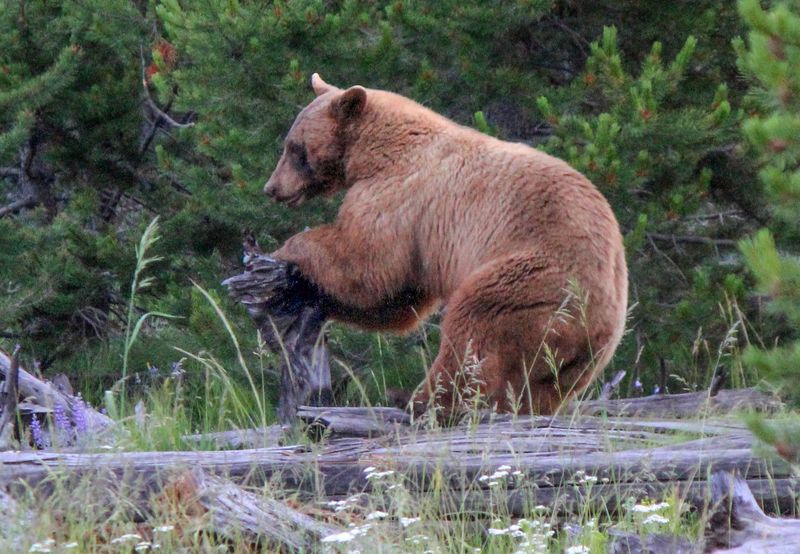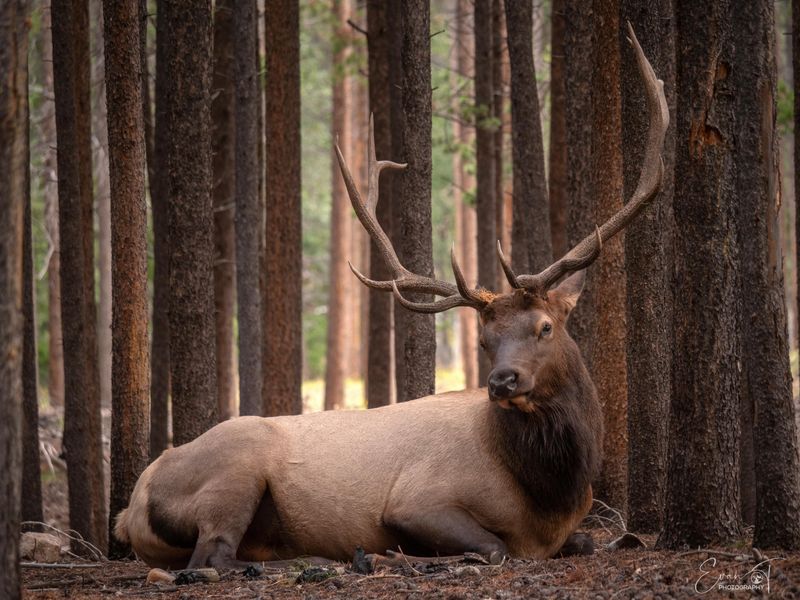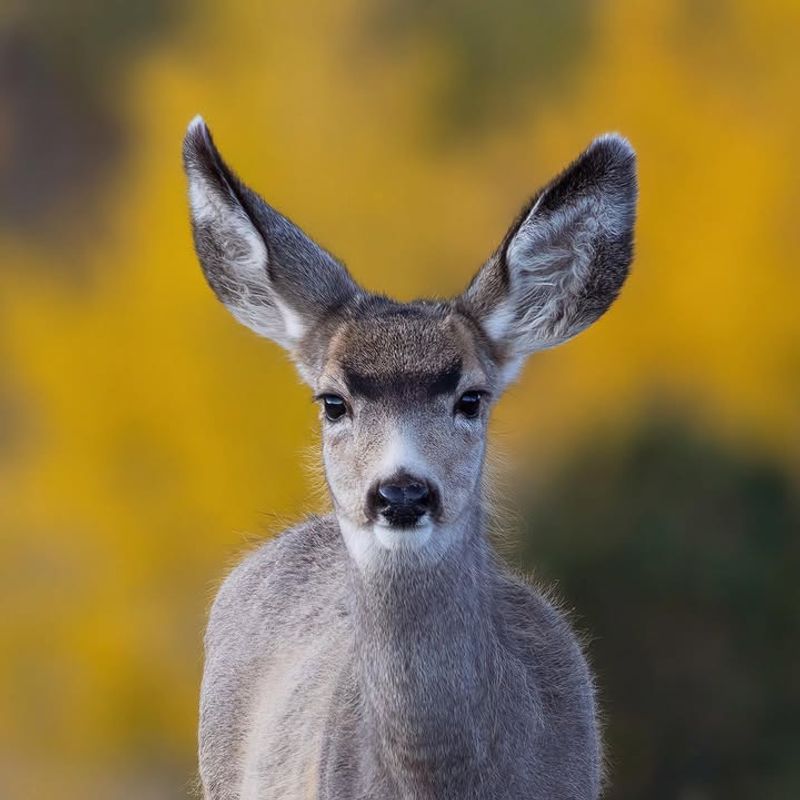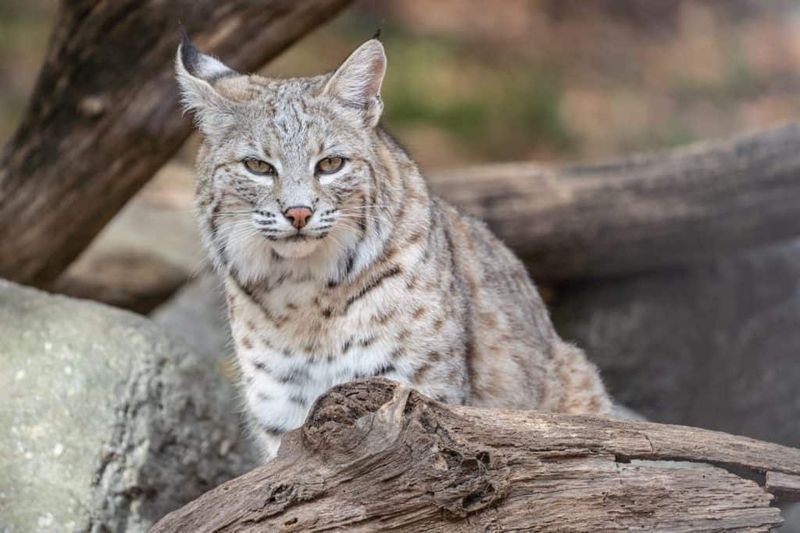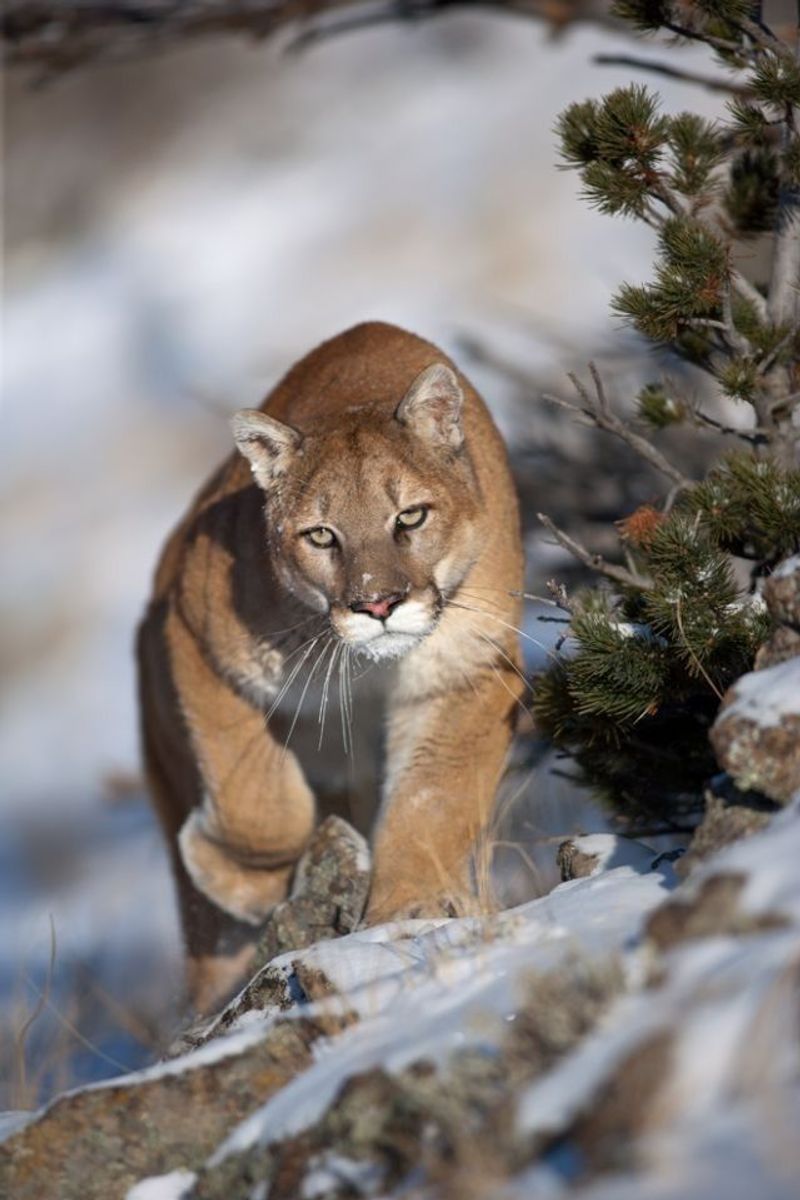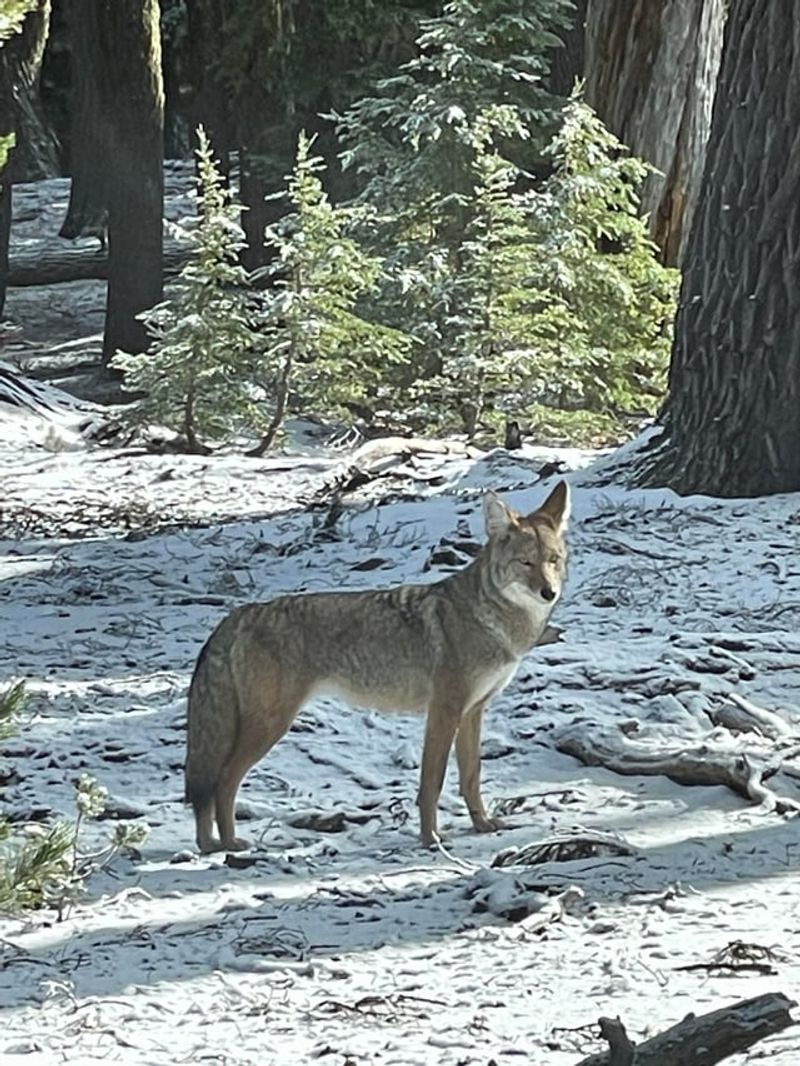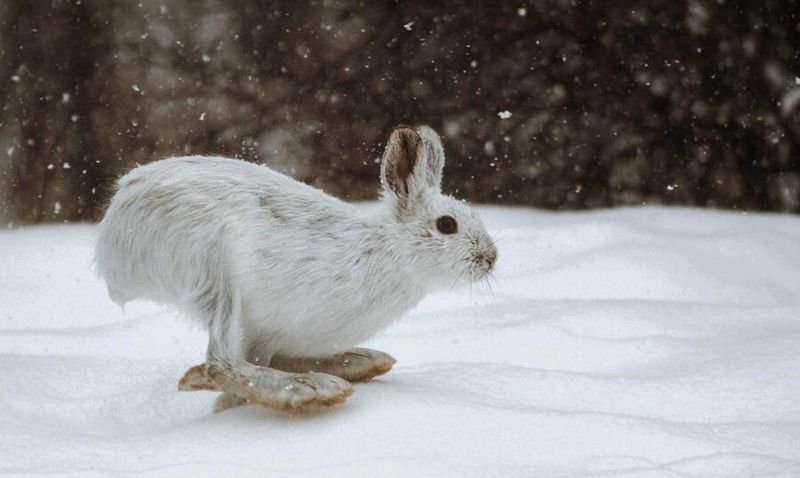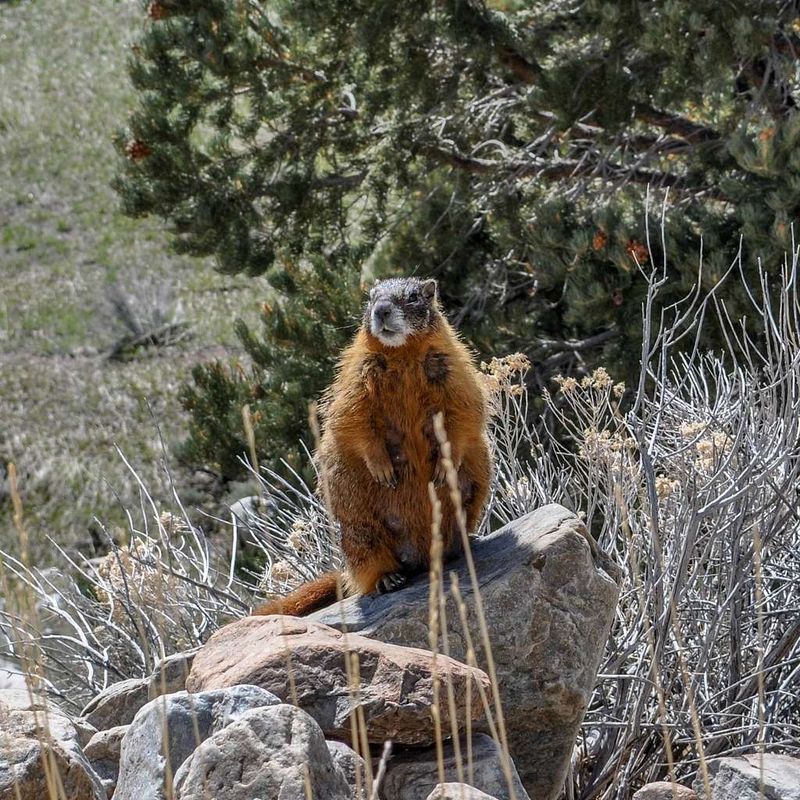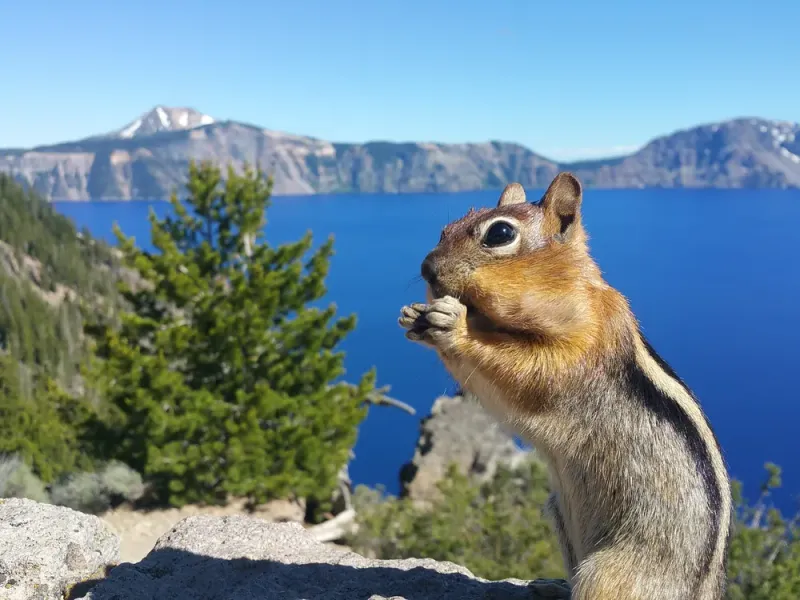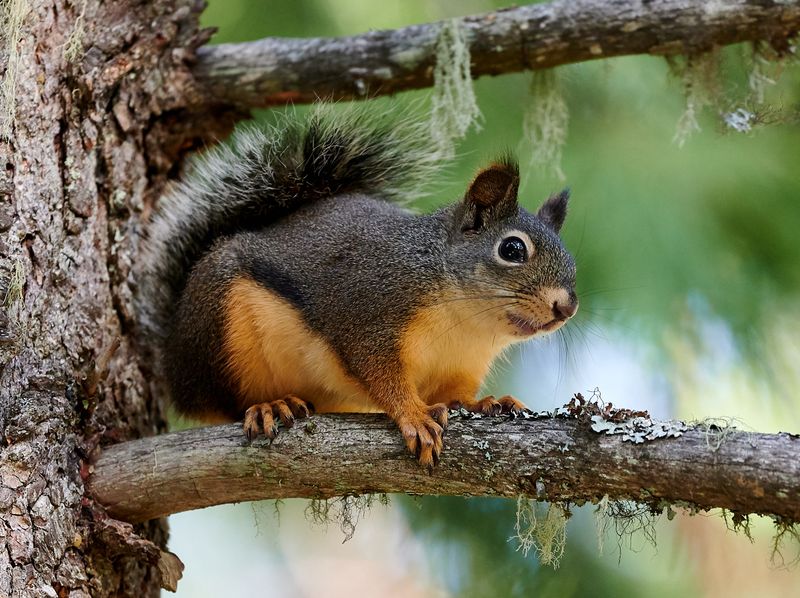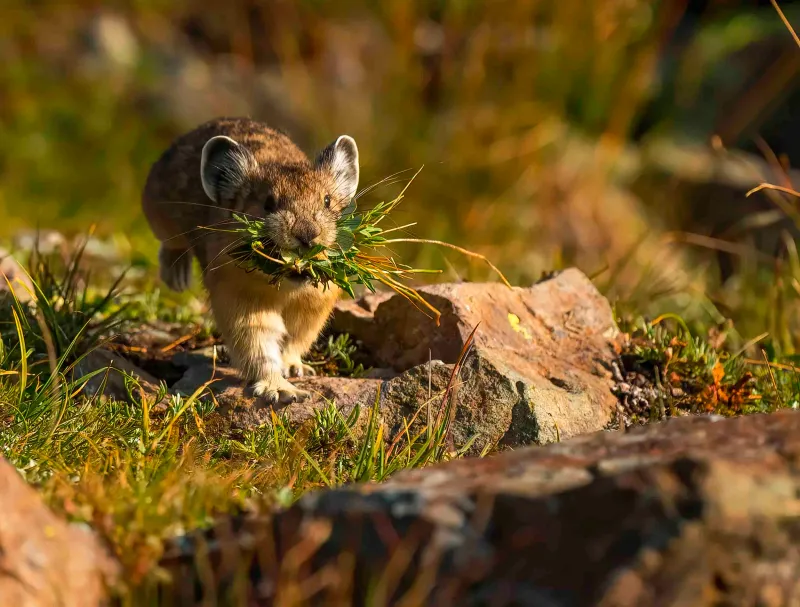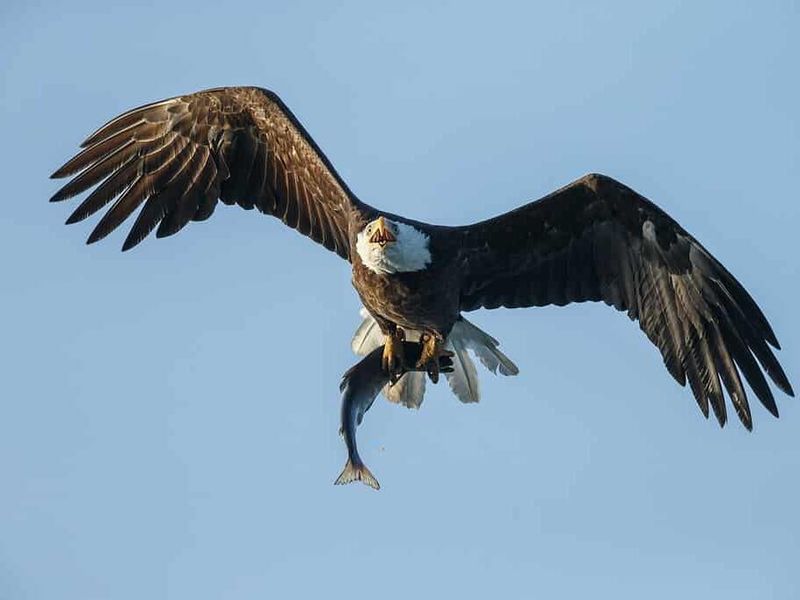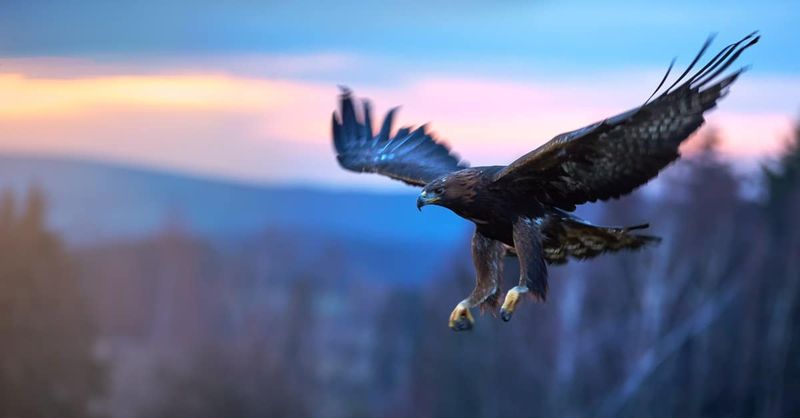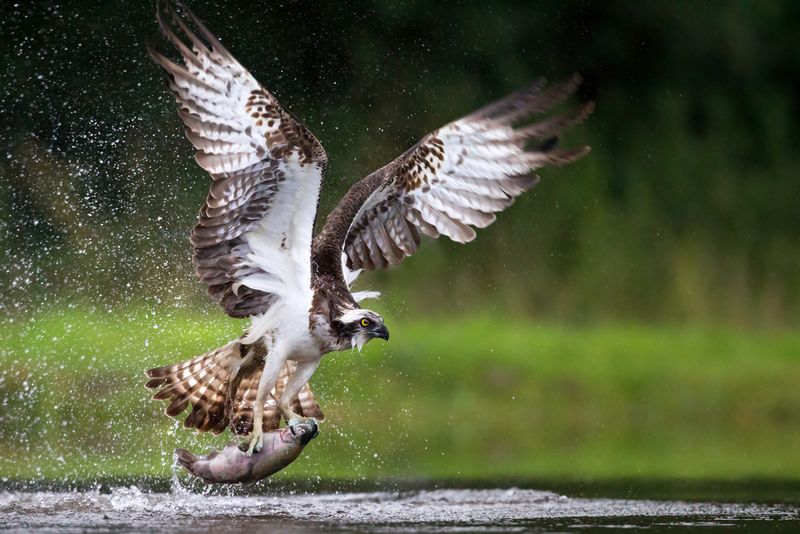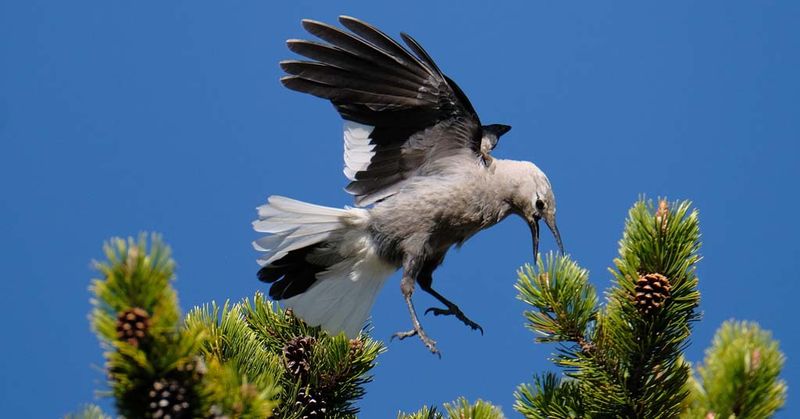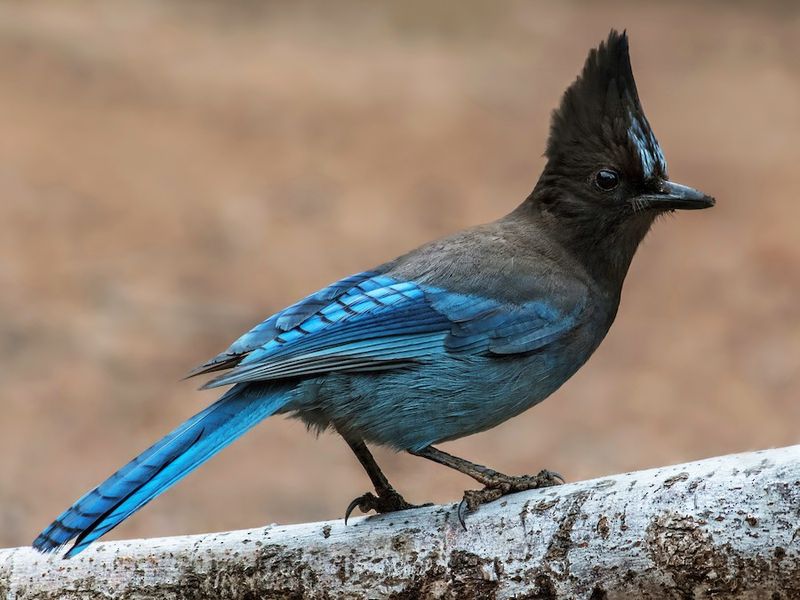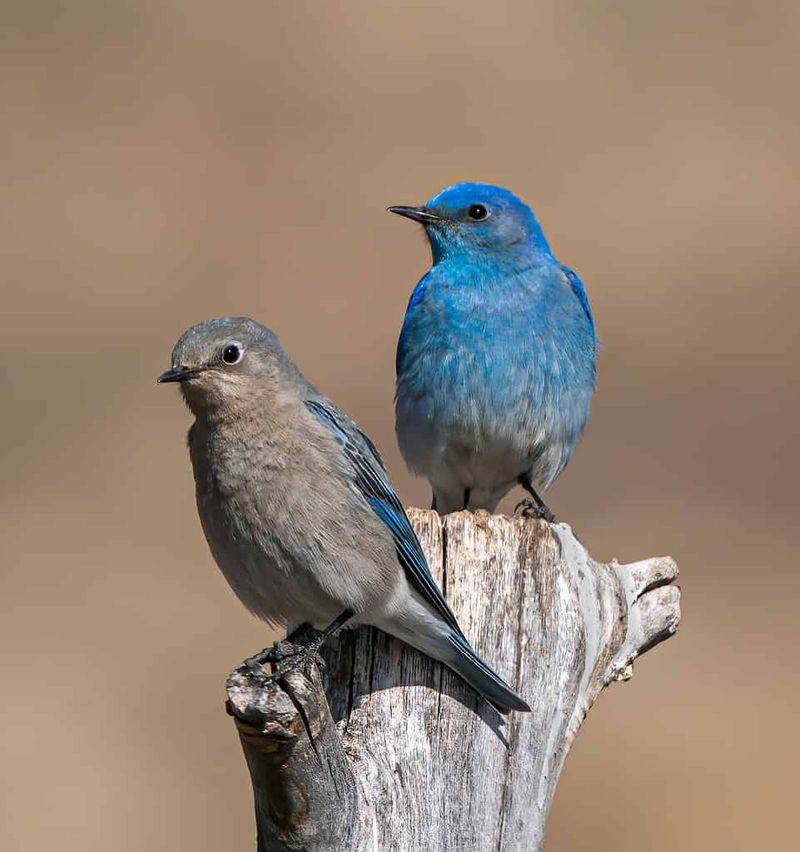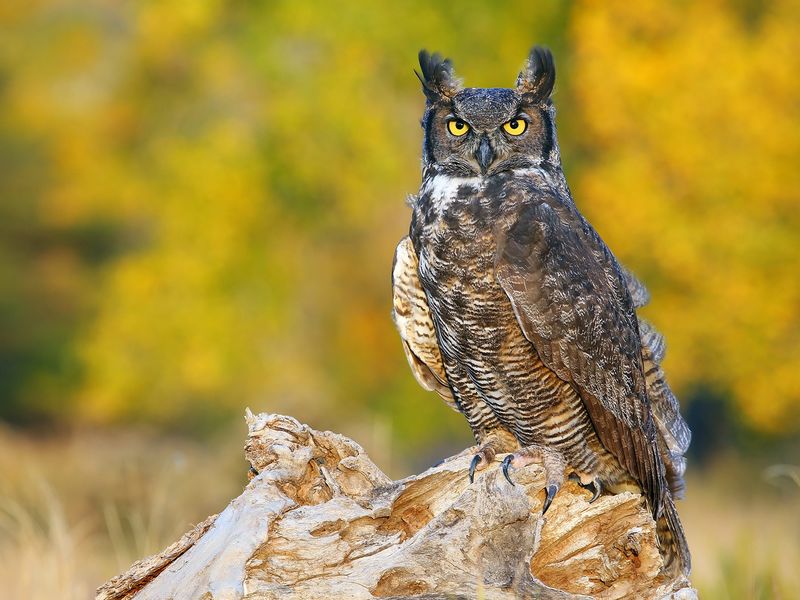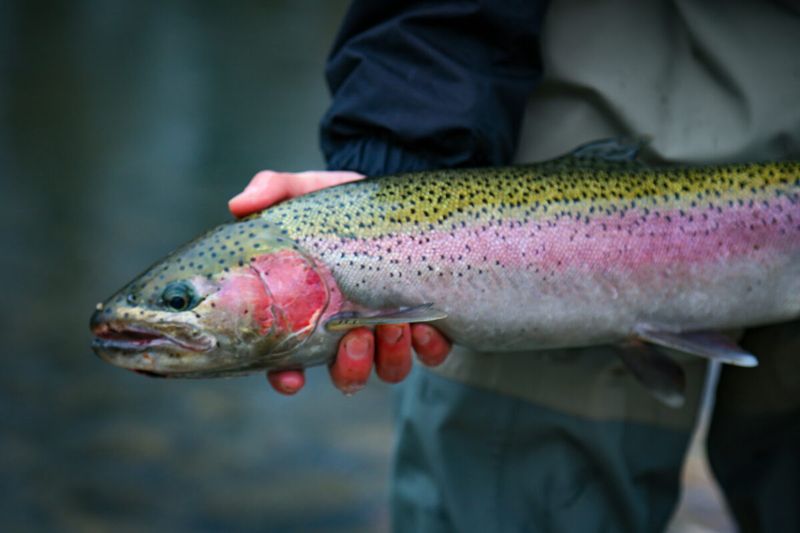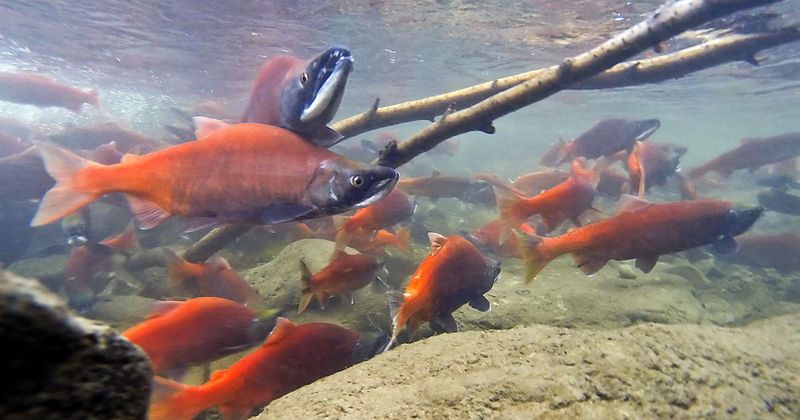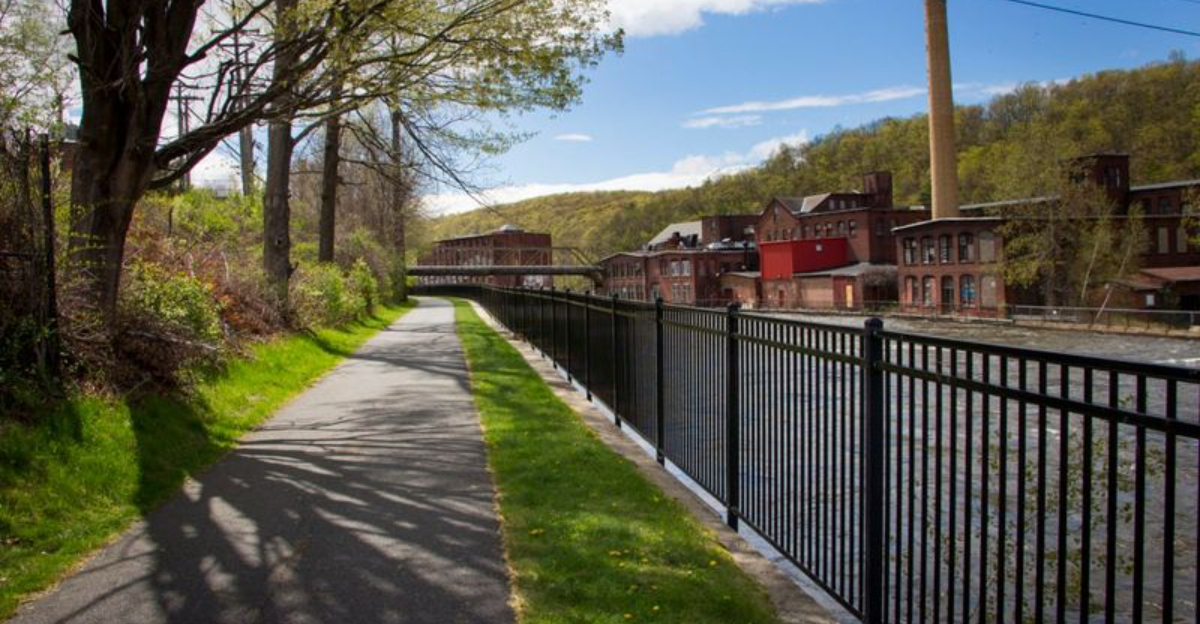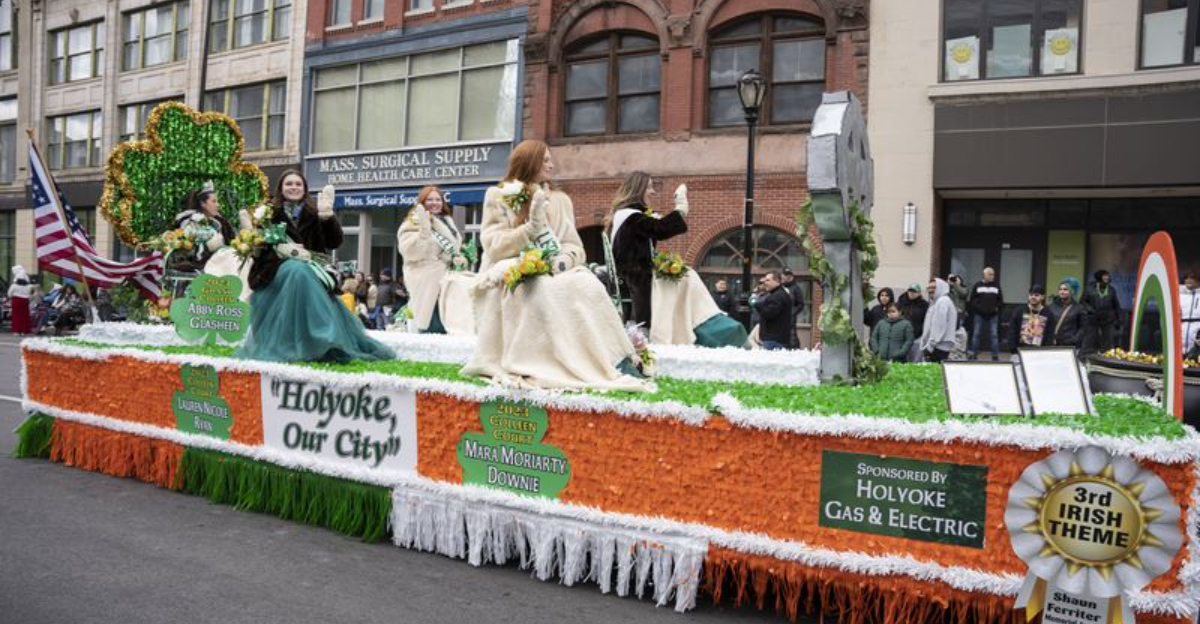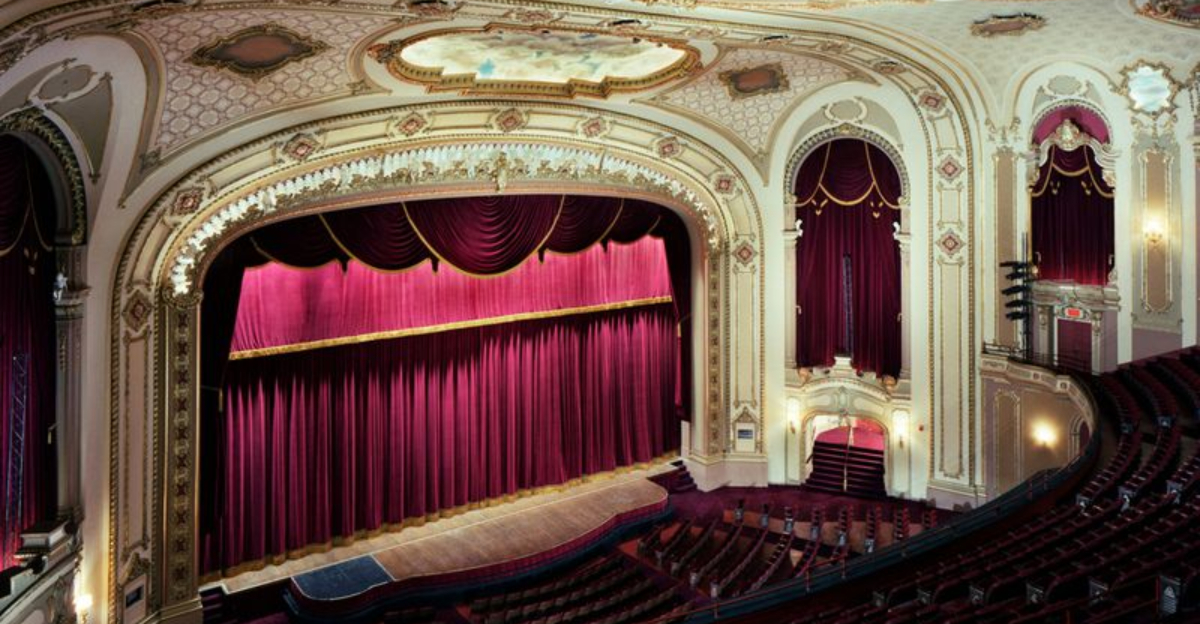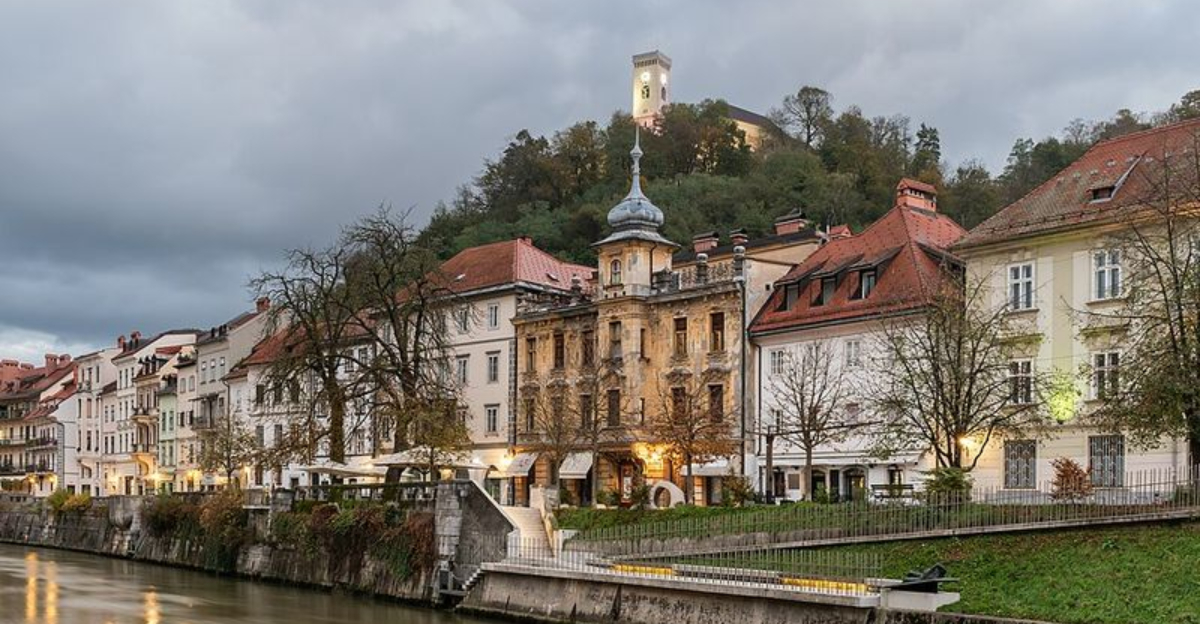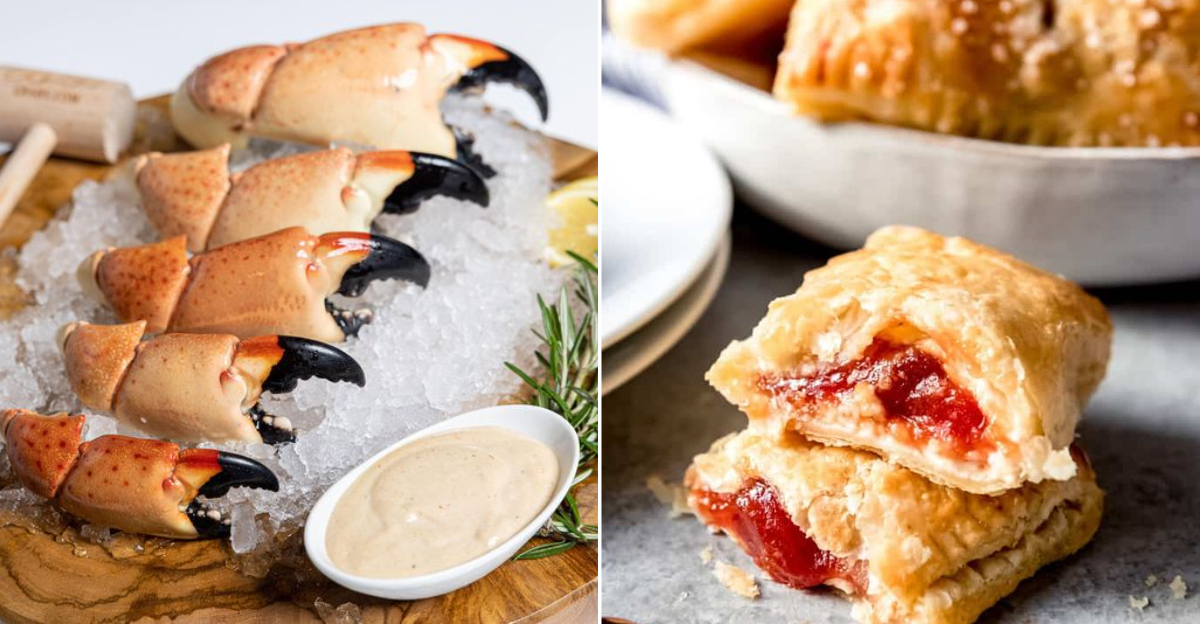A Journey To Crater Lake National Park In Oregon Reveals All The Animals You Will See
In the heart of Oregon, Crater Lake National Park is a haven for wildlife enthusiasts and nature lovers alike.
This pristine wilderness surrounding the deepest lake in the United States harbors an incredible diversity of animals, from majestic predators to tiny, industrious creatures.
Pack your binoculars and hiking boots as we explore the fascinating creatures you’ll encounter during your Crater Lake adventure!
1. American Black Bear
Roaming through the dense forests surrounding Crater Lake, these magnificent creatures are actually brown in color despite their name!
Black bears typically forage for berries and nuts, though they’ll occasionally snack on fish and small mammals.
Keep your distance and store food properly – these powerful omnivores have an incredible sense of smell.
2. Elk
Standing majestically at the forest edge, elk are among the most impressive mammals you’ll spot at Crater Lake. Males sport massive antlers that can span up to four feet wide!
During fall, visitors might hear the distinctive bugling calls of bulls competing for mates. These herbivores graze peacefully in meadows, especially during dawn and dusk hours.
3. Mule Deer
With their distinctive oversized ears resembling those of mules, these graceful creatures are a common sight throughout the park.
Unlike their white-tailed cousins, mule deer move with a unique bouncing gait called “stotting.”
Dawn and dusk offer the best viewing opportunities as these herbivores emerge from forest cover to feed in open areas. Many visitors spot them along roadways or hiking trails.
4. Bobcat
Stealthy and elusive, bobcats represent one of the park’s most challenging wildlife sightings. These medium-sized felines sport distinctive tufted ears and bobbed tails that give them their name.
Masters of camouflage, they blend perfectly with the rocky terrain and forest understory.
Primarily hunting at dawn and dusk, bobcats target small mammals like rabbits and squirrels throughout the park’s varied habitats.
5. Cougar (Mountain Lion)
Few thrills compare to spotting America’s largest wild cat in its natural habitat! These powerful predators patrol large territories throughout the park, though they remain incredibly secretive.
Known for their strength and agility, mountain lions can leap 15 feet vertically and 40 feet horizontally.
Most visitors never glimpse these magnificent cats, but their presence maintains the ecosystem’s delicate balance.
6. Coyote
Highly adaptable and intelligent, coyotes thrive throughout Crater Lake’s diverse habitats. Their distinctive yipping howls often echo across the landscape during early morning or evening hours.
Primarily hunting small mammals, these canids also consume fruits and insects when available.
Watch for their trotting gait and bushy, downward-held tails as they patrol meadows and forest edges in search of their next meal.
7. Snowshoe Hare
When winter blankets Crater Lake in snow, these remarkable creatures transform from brown to pure white! Their oversized hind feet act like natural snowshoes, distributing weight to prevent sinking.
Masters of camouflage, snowshoe hares change color with the seasons.
During summer months, look for their brown coats among forest undergrowth. Winter visitors might spot subtle tracks in fresh snow – often the only sign of their presence.
8. Yellow-bellied Marmot
Sunbathing atop rocky outcrops, these chubby rodents delight visitors with their whistling calls and entertaining antics. Their golden-yellow belly fur gives them their distinctive name.
True hibernators, yellow-bellied marmots spend over half the year in deep winter sleep!
Summer visitors often spot them perched on rocks, soaking up warmth while keeping watchful eyes for predators like eagles and coyotes.
9. Golden-mantled Ground Squirrel
Frequently mistaken for chipmunks, these striped squirrels charm park visitors with their bold curiosity. Look for their distinctive golden-reddish shoulders and head, which give them their descriptive name.
Unlike true chipmunks, golden-mantled ground squirrels lack facial stripes.
Often approaching picnickers hoping for handouts, remember that feeding wildlife harms their natural behaviors and health. Enjoy watching them gather seeds and berries instead!
10. Douglas Squirrel (Chickaree)
Listen for the chattering alarm calls of these forest sentinels as you hike through Crater Lake’s coniferous woodlands.
Smaller than eastern gray squirrels, Douglas squirrels sport rusty orange bellies and grayish-brown backs.
Incredibly territorial, they vigorously defend their food caches and nesting areas. Watch them expertly harvest pine cones, which they store for winter food.
11. Pika
Hiking among Crater Lake’s rocky slopes might reward you with glimpses of these adorable relatives of rabbits!
Despite their tiny size, pikas produce impressive “hay piles” of vegetation they harvest for winter food.
Masters of high-elevation living, these round-eared creatures don’t hibernate. Instead, they remain active beneath the snow all winter long.
Listen for their distinctive “eep” calls echoing across talus slopes during summer months.
12. Bald Eagle
Soaring majestically above Crater Lake’s azure waters, America’s national bird presents an unforgettable sight for park visitors.
Their distinctive white heads and tails contrast dramatically against dark brown bodies when viewed through binoculars.
Primarily fish-eaters, bald eagles patrol the lake for kokanee salmon and rainbow trout. Lucky visitors might witness their spectacular hunting dives or observe them perched regally in tall pines near the water’s edge.
13. Golden Eagle
Among North America’s largest birds of prey, golden eagles command attention with their impressive six-foot wingspans! Unlike their bald cousins, these raptors prefer hunting over open areas rather than fishing.
Distinguished by their entirely dark plumage with golden nape feathers, they’re often spotted soaring on thermal currents.
Their diet includes marmots, ground squirrels, and occasionally young deer or elk, making them true apex predators of Crater Lake’s skies.
14. Osprey
Nicknamed “fish hawks,” these specialized raptors perform spectacular hunting dives into Crater Lake’s crystal-clear waters. Their reversible outer toes and spiny foot pads help them grasp slippery fish securely.
Distinctive white undersides and dark eye stripes make ospreys easily identifiable in flight.
Watching one plunge feet-first from heights of up to 100 feet, then emerge with a wriggling trout, ranks among the park’s most thrilling wildlife spectacles.
15. Clark’s Nutcracker
Resembling a gray jay with black wings, these clever birds play a crucial ecological role throughout Crater Lake’s forests.
Their remarkable memory allows them to cache up to 98,000 pine seeds annually, retrieving them months later!
Many whitebark pines germinate from forgotten nutcracker seed caches. These vocal birds often approach hikers out of curiosity.
Their special throat pouch can transport up to 150 seeds at once during their forest restoration efforts.
16. Steller’s Jay
Flashing brilliant blue plumage and sporting punk-rock crest feathers, these forest jesters add vibrant color to Crater Lake’s woodlands.
Related to crows, Steller’s jays combine intelligence with boldness and vocal mimicry talents.
Campground visitors quickly learn to guard their snacks from these opportunistic birds! Their harsh “shack-shack” calls often announce their arrival before you spot them.
17. Mountain Bluebird
Like flying fragments of sky, male mountain bluebirds display perhaps the most intensely blue plumage of any North American bird.
Females sport more subdued grayish-blue coloration with hints of azure on wings and tail.
Meadow edges and open woodland areas offer the best viewing opportunities. Their gentle warbling songs add musical charm to Crater Lake’s summer soundscape.
18. Great Horned Owl
Hidden among pine branches by day, these impressive nocturnal hunters emerge at dusk to patrol Crater Lake’s forests. Their distinctive ear tufts (which aren’t actually ears) give them their common name.
With specialized feathers allowing silent flight, great horned owls surprise prey with deadly efficiency.
Their haunting hoots – typically a series of four to five deep “hoo-h’HOO-hoo-hoo” – echo through the forest during breeding season between December and March.
19. Rainbow Trout
Beneath Crater Lake’s famously blue surface, these native fish display spectacular coloration with pink-red lateral stripes and speckled bodies.
Anglers with valid fishing permits can try their luck from designated areas along Cleetwood Cove Trail.
The lake’s extraordinary clarity sometimes allows visitors to spot these beautiful fish from overlooks high above the water’s surface.
20. Kokanee Salmon
Every autumn, these landlocked salmon transform from silver to brilliant red during their spawning season.
Originally introduced to Crater Lake in 1912, kokanee now provide important food sources for eagles, otters, and other predators.
During spawning season, males develop humped backs and hooked jaws. Patient observers might spot their distinctive red bodies from the Cleetwood Cove Trail.

